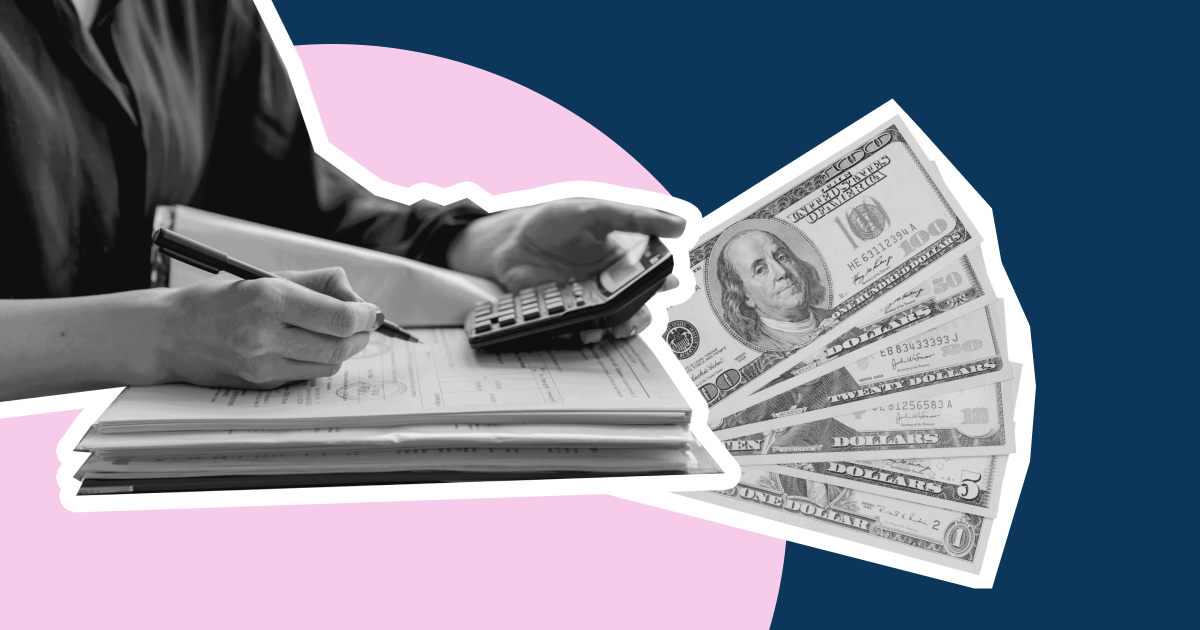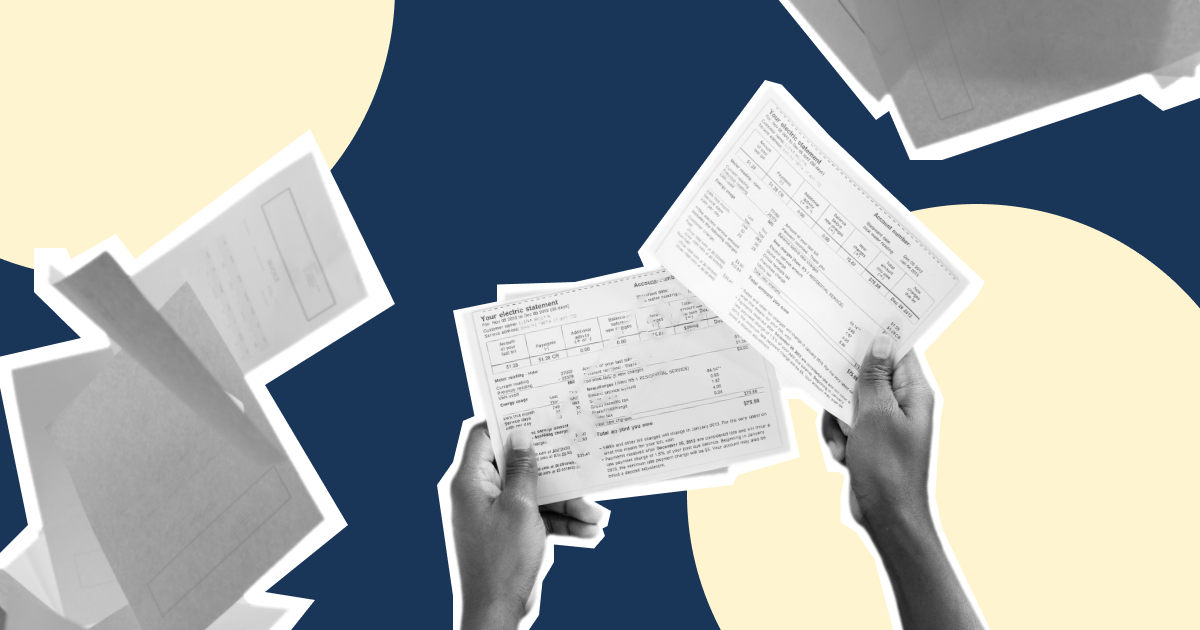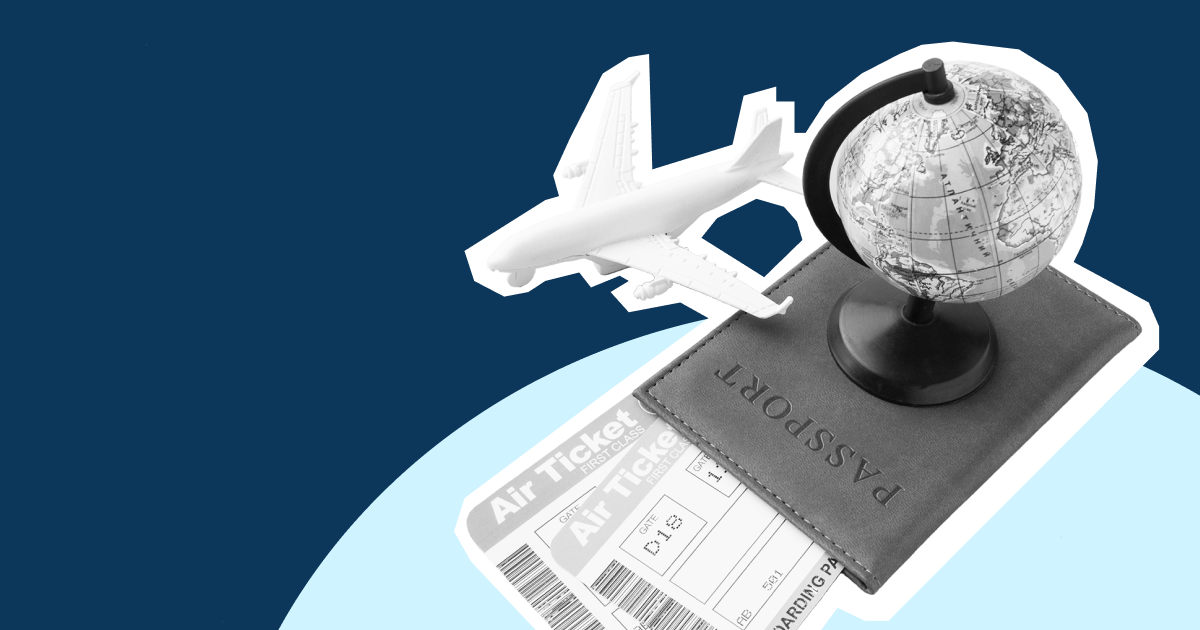Summary
- A cash budget helps you track how money flows in and out of your business, so you can maintain healthy liquidity and meet your financial obligations with confidence
- A cash budget gives you a clear picture of your future cash position, helping you plan for seasonal fluctuations, deploy surplus funds effectively, and stay prepared for unexpected expenses
- Your cash budget must include receipts (inflows), payments (outflows), and your net surplus or deficit over a specific period
- You can sse this simple cash budget formula to calculate your ending balance: Beginning cash balance + cash inflows − cash outflows − financing repayments = Ending balance
- Build both short-term (monthly) and long-term (yearly) cash budgets to stay on top of daily operations while supporting long-term business growth
- Follow 6 simple steps to create a cash budget: estimate inflows, track outflows, keep inflows higher than outflows, roll over balances monthly, prepare for deficits, and stay consistent
Cash is the fuel that keeps your business running. Without sufficient cash, your business could have a liquidity crunch. Even if you are making a profit, you must be cash positive to pay off your liabilities such as rent, payments to suppliers, wages and salaries, etc. The best way to track your cash flow is to create a cash budget.
Definition of a Cash Budget
A cash budget is a statement that helps a business manage its cash flows. It is prepared in advance to capture a company’s cash receipts and cash spends.
While a budget reflects your business’s complete financial position, a cash budget is an assessment of your company’s cash flows during a given period of time.
Cash flow can be defined as the way money flows into and out of your business. Cash flows can be estimated for a week, a month, a quarter, or a year. It is the best way to determine whether your company will have enough cash to meet its expenses over a given period of time.
Preparing a cash flow statement with all the elements of a cash budget can not only give you an insight into the inflows and outflows of cash, but can also help determine an efficient allocation of any surplus cash.
Why Prepare a Cash Budget?
Understanding Company’s Financial Health
The primary reason to create a cash budget is to keep an eye on your company’s financial health. Analysing the movement of cash through your business creates a realistic picture of when and how you can pay off your bills. The elements of a cash budget identify the inflows and outflows of cash during a given period, thereby helping understand if you have sufficient funds for monthly operations.
Estimating Future Cash Position
Drawing up a cash budget for the next month or next quarter can also help you estimate your cash position in the future. Based on what your current inflows and outflows are, you can forecast what your liquidity will be in the coming months, helping you manage your money better.
Efficient Deployment of Excess Cash
A cash budget is also essential to make decisions about how to deploy your cash. For instance, if you have too much surplus cash, you must make an investment plan so that you don’t waste your money. If you are cash deficient, you must plan how to reduce your expenses or improve collection methods to maintain a healthy cash reserve.
Manage Seasonal Variations
Businesses function in cycles. Some months may bring in a lot of cash while other months may see low inflows. Drawing up a cash flow budget can help management manage cash better by deploying cash in a way that it can absorb deficits during lean months.
Helps Be Prepared for Contingencies
Business emergencies can arise at any time. If you find yourself in a position where you have to pay an unforeseen cash expense that you had not accounted for, a cash budget that has smartly helped deploy excess cash can come in handy.
Elements of a Cash Budget
To create a successful company, you must plan your income and expenses as well as possible. A cash budget allows you to estimate and track all the money that comes into your business and leaves it. Whether it's used by companies or individuals, each cash budget generally contains the same basic components.
Receipts
The first element of a cash budget is the incoming cash or cash receipts that your business has. This is an estimation of all the cash that you will actually receive. While accounting uses the accrual method to track what is due in a given period, a cash budget tracks all the cash that comes into your business. For example, you may be receiving advance payment for an order for the next month. This must reflect in the cash receipts as soon as you receive it. In general, cash receipts can include cash from sales, rental income, debt or payments, and investment returns. You can also list cash received from loans as a cash receipt.
💡 Tips: Need a hand managing your receipts? Use Aspire’s receipt manager to keep track of all your inflows in one place.
Cash Payments
Just as you account for cash receipts, you also need to make a note of all the cash payments or outflows. Once again, this section must include all payments you make in the given period. This could be payments towards rent, purchase of raw materials, salaries and wages, loan repayments, etc.
Surplus or Deficiency
Based on the income and expenses that you have, you can then estimate your surplus or deficiency. When you subtract the cash payments from the cash receipts, you will get a single line that reflects your surplus or deficiency. Based on this, you can determine how to deploy your surplus for more returns or devise a plan to reduce your expenses to increase your surplus.
💡 Tips: Manage all money matters in a unified platform through the Aspire Business Account.
What’s The Cash Budget Formula?
While determining cash budget depends on a number of factors一long terms or short-term, economic conditions, sale and production forecasts, etc. - it would typically comprise of the following elements:
- Beginning cash balance: The ending balance of the previous month
- Cash inflows in a month (total receivables within that time frame)
- Cash outflows in a month (e.g. expenses such as rent and supplier payments)
- Financing received (e.g. credit line)
- Ending balance: This will be used as the beginning balance in the next month
Be sure to have a clear idea of the above and make the necessary preparations to acquire these figures before you start to create a cash budget for your business.
A cash budget formula is as follows:
Beginning cash balance + total cash inflows for the month - total cash outflows for the month - financing repayments = Ending balance
Example of a Cash Budget
Illustrated below is the example of a cash budget with all the elements of a cash budget. Using this as a model, you can create your own cash budget.
XYZ Company
Cash Budget for Six Months Ended Dec 31
Short-Term Cash Budget Vs Long-Term Cash Budget
Cash budgets are usually created for a specific period of time. This could be a short-term cash budget or a long-term cash budget.
- A short-term cash budget is typically created for a week or a month. It will include elements such as rent, payroll, payment to suppliers, investments, etc.
- A long-term cash budget is created to understand the long-term cash position of a business. Usually, it is created for a year. It includes elements such as tax payments, loan repayments, capital expenses and long-term investments.
It is important to create both short-term and long-term cash budgets to forecast your business’s immediate as well as ongoing liquidity.
A Step-by-Step Guide on How to Create a Cash Budget
1. Determine The Cash Inflows
This type of cash flow analysis is referred to as cash budgeting preparation and analysis, which is part of your company's short-term financial forecasting.
To start, determine the amount of cash that will flow into your company in one month. If you are just starting your business, you should have a rough estimate of the initial balance in cash that you aim to have. In addition, you also need to determine the number of sales you will have during the first month. Sales should include cash sales and sales that you make from customers who pay via credit.
For accurate budgeting, you must estimate the Collection Period (e.g., if your customers typically pay in 30 days, 80% of July's credit sales will appear as cash receipts in August's budget).
2. Determine The Cash Outflows
Now that you've determined your cash inflow, you need to do the same with your cash outflow. This is the money a business disburses, which can fall under the following categories:
- Operating activities — Payment to suppliers, vendors, and employees
- Financing activities — Funds used to pay dividends or buy shares
- Investing activities — Expenditures made to acquire fixed assets or loans to external entities
Especially for small businesses, it is essential to always be on top of your cash outflow as it helps founders make better decisions for the company, protects internal and external business relationships, and helps you understand where you're spending your money.
3. Ensure That Your Cash Inflow Is Greater Than The Outflow
Every businessman certainly wants their flow of cash coming into the company to be greater than the amount of cash flowing out of their company. When the time comes when a business ends up with greater cash outflow than cash inflow, it may need to file for bankruptcy eventually. That's why founders must carefully plan and assess their expenses to minimise the risks. Having a greater cash inflow also ensures that you will have enough funds to run your company in the long run.
4. The Ending Balance For The Previous Month Must Be The Beginning Balance For The Next Month
One fundamental rule in making a cash budget is to include the ending balance for the previous month as the beginning balance for the next month. Each month, you may have to add more items to the analysis as your business grows. In order for your business to run well, you have to determine your target minimum cash balance that your company must have each month. You can then devise ways in which you can maintain a minimum surplus every month.
5. If The Cash Flow Turns Negative, You Will Have To Borrow Money
In business, accounts receivable or borrowing money are not new concepts. If the cash flow turns negative or is facing a deficit in funds, you will have to borrow money to cover the lack of cash for the month.
Borrowing money can be done from family, friends, investors or from banks and other financial institutions. If your cash flow is positive the following month, you can pay back the loan.
💡 Tips: Need a flexible and quick way to get access to working capital or manage negative cash flow? Tap into Aspire Credit Line.
6. Be Consistent With The Cash Budget During The Planned Period
Be consistent in doing the cash budget every month. Try to keep your loan to a minimum and your cash inflows greater than the outflows. Remember that a cash budget is a financial planning document, and try to be as consistent with this as possible.
Up your budgeting game with this monthly budget Excel template
Now that you know how to create a cash budget using a template above, the next step is to develop a business budget outlining not just your cash flow but also your income, expenses, and profit. This monthly budget Excel template is just the guide you need for this exercise. It’s a budget template that captures all the financial details – small and big – that affect your business. It’s easy to use and personalise to suit your requirements.
You can use this template for any kind of project. For example, if you run a marketing agency, this template can help you budget and track ad spending across platforms like Google Ads or TikTok Ads. In column B, enter the budget allocated for each campaign or platform. In column C, record the actual amount spent. Column D will then calculate the variance, showing whether you’ve stayed within budget or overspent.
This setup gives you a clear view of budget performance, making it easier to reallocate funds, cut back on underperforming channels, or scale up campaigns that deliver stronger returns.
In addition to our template, you can also explore the Financial Management Toolkit from Enterprise Singapore, which offers pre-built frameworks that complement the Excel template. However, you’ll need to register your business with the SME Financial Management Toolkit portal before gaining access..
How to manage cash budgets: practical tips for entrepreneurs
Creating a cash budget is a valuable way to assess your cash flow position. However, effective management is equally important to prevent cash flow issues in the future. Below are several practical tips to help you manage your cash budget and maintain healthy cash flow:
- Set aside a buffer: Always budget at least 5–10% above your projected expenses. This safety net helps you cover unexpected costs such as urgent supplier payments or equipment repairs.
- Always factor in accounts receivable (AR) lag: When forecasting cash inflows, remember that credit sales don’t translate into immediate cash. If most of your customers pay on 30-, 60-, or 90-day terms, there will be a delay before the funds reach your account. For instance, SGD $50,000 in credit sales made in January on 30-day terms will only be collected in February. Overlooking this timing gap can make your cash flow projections look healthier than they are, increasing the risk of liquidity shortfalls.
- Separate cash flow forecasting from cash budgets: Many new entrepreneurs confuse the two. A cash flow forecast predicts inflows and outflows over time using more complex methods, while a cash budget is a simpler, detailed plan for a shorter period. Use the forecast for long-term planning and the cash budget for day-to-day discipline.
- Review regularly: Update your cash budget monthly, or more often if your business has seasonal demand. Sticking to outdated figures can cause overspending.
- Track actuals vs. budget: Compare what you planned to spend against what you actually spent. This helps you spot leaks early and adjust before they snowball.
- Avoid mixing business and personal funds: Keep separate bank accounts for business and personal use. Mixing the two blurs financial visibility and weakens budgeting discipline.
Final Word
Cash budgets are crucial to ensure your company’s liquidity. No matter how small your business is, you should create a cash budget to stay on top of your cash situation.
Now that you are equipped with all the information you need, it's time to create a cash budget for your business. Take note of the steps above to ensure your business finances are well in place. If you want to take it up a notch, the Aspire Business Account can help business owners manage their expenses in a unified and seamless platform. Through the expense management feature, you can control your finances and monitor your cash inflow and outflow each step of the way.
Frequently Asked Questions

How to prepare a cash budget for your business?
To prepare a cash budget, start by estimating all expected cash inflows (such as sales, receivables, and other income) and cash outflows (including expenses, loan repayments, and purchases) over a given period. Next, account for timing differences like accounts receivable lag and payment terms. Finally, compare projected inflows and outflows to identify potential cash shortages or surpluses.

What are the 5 parts of a cash budget?
A typical cash budget includes:
- Beginning cash balance – the starting amount of cash on hand.
- Cash inflows – expected receipts from sales, loans, or other sources.
- Cash outflows – projected payments for expenses, purchases, and obligations.
- Net cash flow – the difference between inflows and outflows.
- Ending cash balance – the amount of cash available at the end of the period.

What is typically the first step in preparing a cash budget?
The first step is to determine your cash inflows. This includes forecasting sales revenue, separating cash sales from credit sales, and factoring in any accounts receivable collection periods to reflect when cash will realistically be received.

How does a cash budget relate to financial statements?
A cash budget focuses on forecasting cash inflows and outflows to ensure a business can meet short-term obligations. While it’s not a formal financial statement, it directly supports the preparation of the cash flow statement by providing projections. It also complements the income statement and balance sheet: the income statement shows profitability, the balance sheet shows financial position, and the cash budget helps bridge the timing of revenues and expenses with actual cash on hand.
- Investopedia - https://www.investopedia.com/terms/c/cashbudget.asp










%201.webp)


.webp)